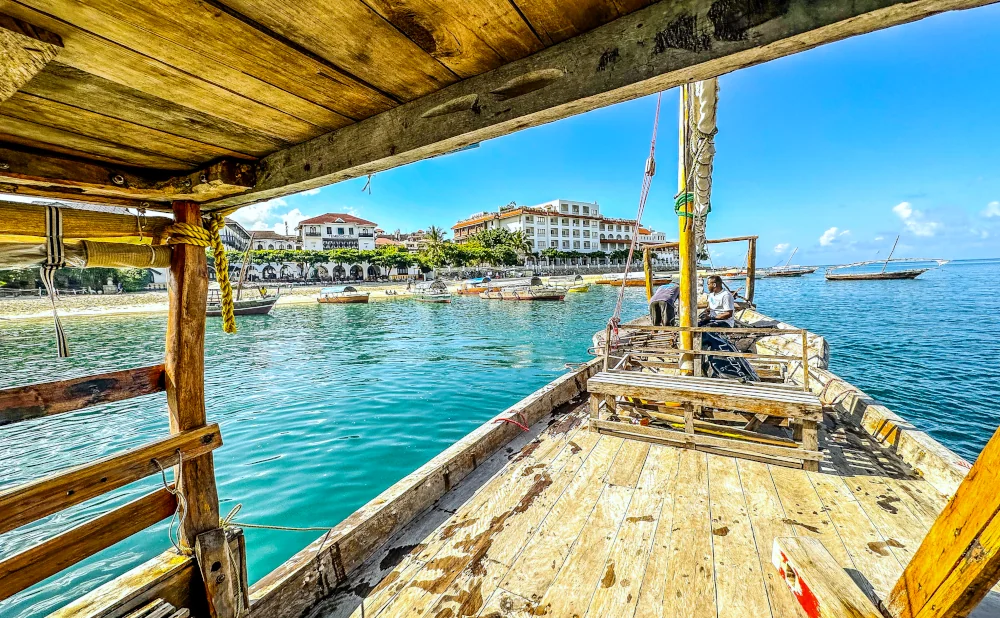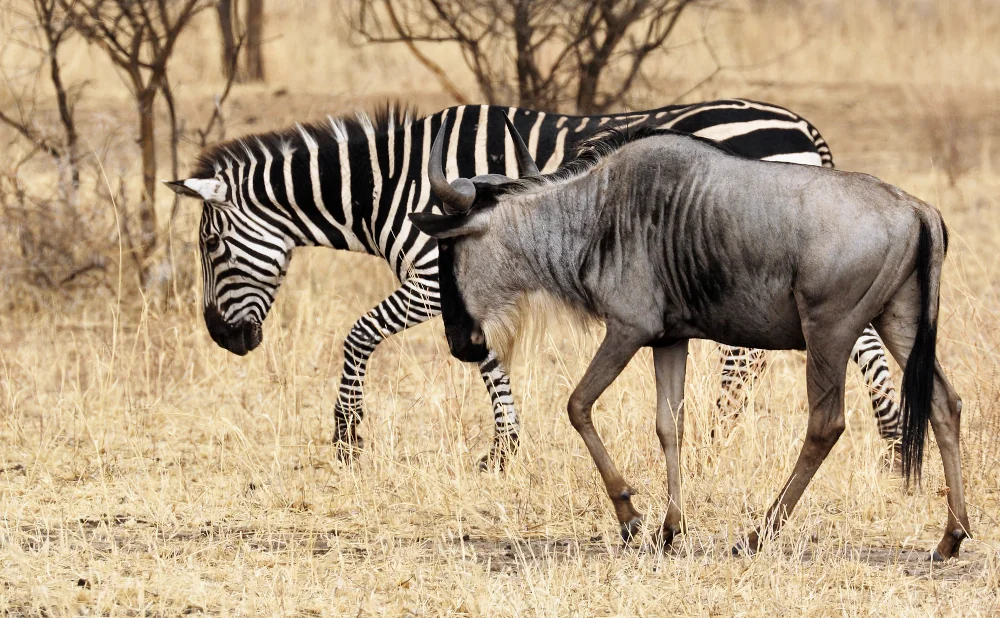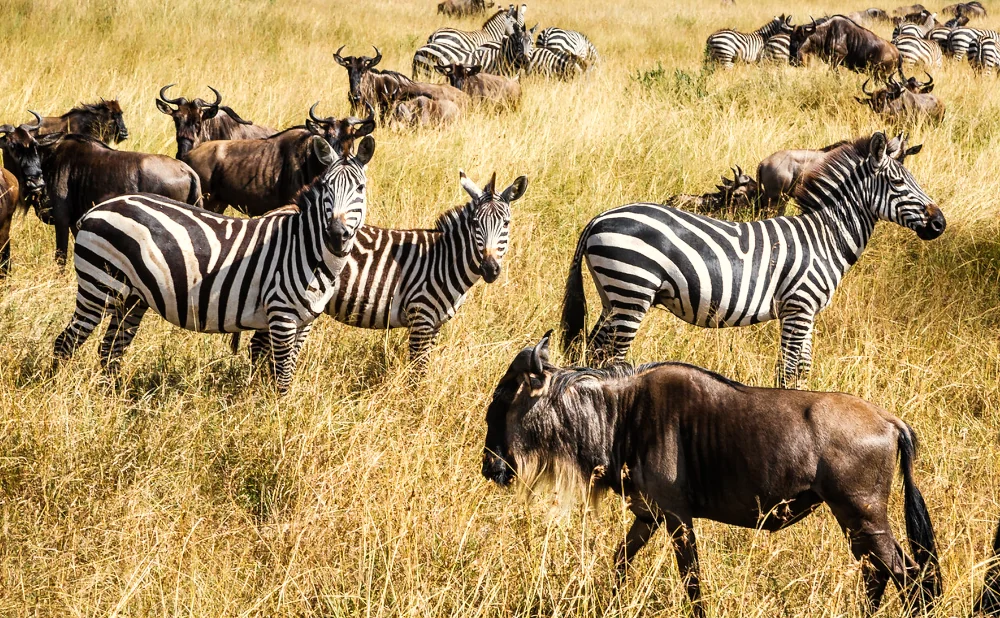mount kilimanjaro is in which country
Mount Kilimanjaro, a name that stirs a sense of adventure and wonder. It's a place where earth meets sky, a beacon for explorers and dreamers.
But where exactly is this majestic mountain located? This question often puzzles many.
Nestled in the heart of East Africa, Mount Kilimanjaro proudly stands in Tanzania. It's not just a geographical marvel, but a symbol of the country's rich cultural and natural heritage.
This article aims to guide you through the fascinating details of Mount Kilimanjaro's location. We'll explore its geographical context, its significance, and the golden trips that Tanzania offers to this awe-inspiring destination.
Whether you're a seasoned traveler, a geography enthusiast, or simply curious, this guide will provide you with valuable insights. So, let's embark on this journey to uncover the secrets of Mount Kilimanjaro's location.
Unveiling the Location of Mount Kilimanjaro
Mount Kilimanjaro, the highest peak in Africa, is located in Tanzania. This East African country is home to a diverse range of landscapes, from the sun-kissed savannahs to the azure Indian Ocean coastline.
But it's the towering presence of Kilimanjaro that truly sets it apart. The mountain is situated in the northeastern part of Tanzania, near the border with Kenya.
Here are some key facts about Mount Kilimanjaro's location:
It's part of the Kilimanjaro National Park, a UNESCO World Heritage site.
The mountain's summit, Uhuru Peak, stands at 5,895 meters (19,341 feet) above sea level.
Kilimanjaro is approximately 3 degrees south of the Equator.
The mountain can be seen on a clear day from Amboseli National Park in Kenya.
The location of Mount Kilimanjaro plays a significant role in its unique biodiversity. Its altitude and isolated position contribute to a range of ecological zones, from tropical rainforest at the base to the icy summit. This diversity makes Kilimanjaro a fascinating destination for nature lovers and adventurers alike.
Mount Kilimanjaro: A Tanzanian Treasure
Mount Kilimanjaro is more than just a geographical landmark. It's a symbol of Tanzania's natural beauty and cultural heritage. The mountain's majesty has inspired countless songs, books, and films, making it a significant figure in local and global culture.
The Chagga people, one of the indigenous groups living on Kilimanjaro's slopes, have a deep connection with the mountain. Their traditional farming practices have shaped the lower slopes of Kilimanjaro for centuries.
Tourism related to Kilimanjaro also contributes significantly to Tanzania's economy. Each year, thousands of climbers and trekkers from around the world embark on the journey to its summit. Their adventures fuel local businesses, from tour operators to hotels, creating jobs and supporting community development.
In essence, Mount Kilimanjaro is a Tanzanian treasure, a source of pride, and a key driver of the country's tourism industry.
Exploring the Routes: Your Path to the Summit
Mount Kilimanjaro offers several routes to its summit. Each route provides a unique perspective and experience of the mountain, catering to different levels of fitness and adventure.
Here are the main routes to the summit:
Marangu Route: Often called the "Coca-Cola" route due to its popularity and relative ease.
Machame Route: Known for its scenic beauty but also for its difficulty.
Lemosho Route: Praised for its wilderness experience and high success rates.
Rongai Route: The only route that approaches the mountain from the north, near the Kenyan border.
Choosing the right route is a crucial part of your Kilimanjaro adventure. It can make the difference between a challenging but rewarding journey and an overwhelming experience.
The Best Times to Visit and Trek Kilimanjaro
When planning your adventure to Mount Kilimanjaro, timing is key. The mountain can be climbed year-round, but some periods offer a more pleasant experience than others.
The best times to climb Kilimanjaro are during the dry seasons. These occur from January to March and June to October. During these periods, the weather is generally more predictable and the trails less slippery.
However, keep in mind that the mountain's vast size and height can cause weather to vary significantly from base to summit. Always be prepared for a range of conditions, regardless of the season.
The Cultural and Economic Impact of Kilimanjaro
Mount Kilimanjaro holds a significant place in the cultural fabric of Tanzania. It is a symbol of national pride and features prominently in local legends and folklore. The mountain's cultural significance is also celebrated in local festivals and events.
Economically, Kilimanjaro plays a crucial role. Tourism related to Kilimanjaro contributes significantly to Tanzania's economy. The park fees paid by climbers and tourists contribute to conservation efforts and community development.
Moreover, the mountain supports local livelihoods. Coffee and bananas are among the crops grown on Kilimanjaro's fertile lower slopes, providing income for local farmers.
Kilimanjaro on the Map: Navigating the Geography
Mount Kilimanjaro's location is a prominent feature in East Africa. The Kilimanjaro map shows the mountain's location in northeastern Tanzania, near the border with Kenya. The mountain's location on the map is approximately 3 degrees south of the Equator.
This unique position allows climbers to experience rapid ecological changes. From tropical rainforest at the base to arctic conditions at the summit, Kilimanjaro offers a diverse range of environments.
Here are some key geographical facts about Kilimanjaro:
Part of the Eastern Rift mountains
Major source of water for the surrounding area
Approximately 3 degrees south of the Equator
""
Golden Trips Tanzania: Journeying to the Roof of Africa
Golden trips to Tanzania often include a Kilimanjaro climb as a highlight. These trips offer a unique opportunity to experience the majesty of Africa's highest peak. From the lush rainforests at the base to the icy summit, the journey is a testament to nature's grandeur.
The sense of accomplishment upon reaching Uhuru Peak is profound. It's a bucket-list item for many adventure travelers. The panoramic views of the Maasai Steppe and the Pare Mountains are simply breathtaking.
""
The Ecological Zones of Kilimanjaro
Mount Kilimanjaro is home to five main ecological zones. These range from cultivation at the base, through rainforest and heath, to moorland and alpine desert at the top. Each zone offers a unique perspective of the mountain's biodiversity.
The lower slopes are fertile and support agriculture. Coffee and bananas are among the crops grown here. The rainforest zone is home to blue monkeys, colobus monkeys, and a variety of bird species.
As you ascend, the vegetation becomes sparse. The alpine desert and summit zones are harsh and inhospitable, yet they hold a stark beauty that captivates climbers.
Preparing for Your Kilimanjaro Adventure
Climbing Mount Kilimanjaro is a thrilling adventure. However, it requires careful preparation. Physical training, proper gear, and understanding the risks are all crucial.
The mountain's vast size and height can cause weather to vary significantly from base to summit. Therefore, climbers must be prepared for a range of conditions. Nighttime temperatures can drop below freezing, even in the warmer months.
Remember, the journey to Kilimanjaro's summit is often described as a walk from the equator to the North Pole. This is due to the rapid ecological and climatic changes experienced during the ascent.











